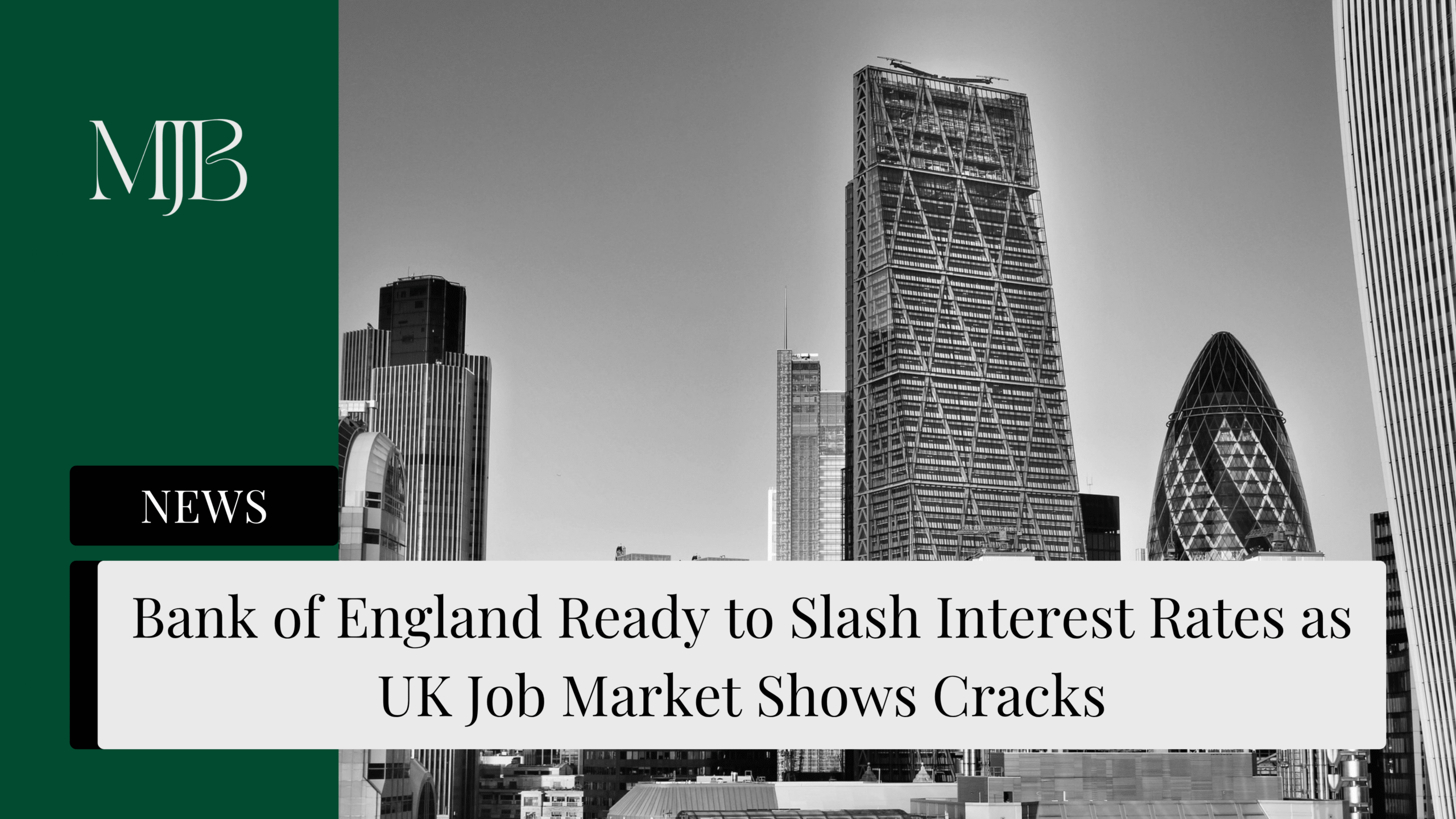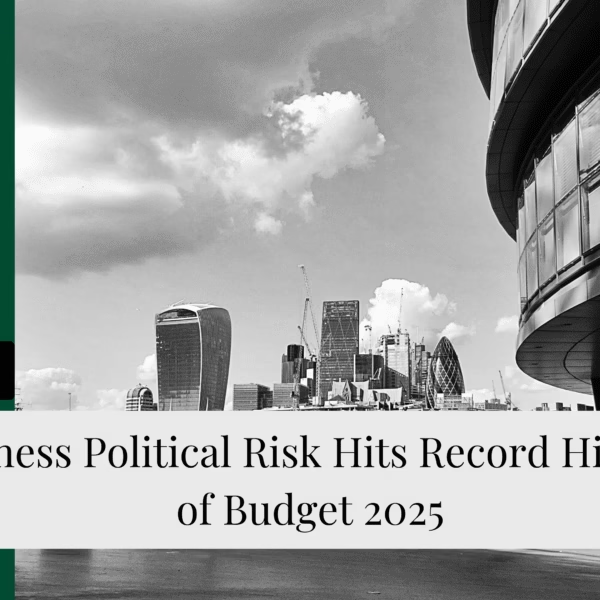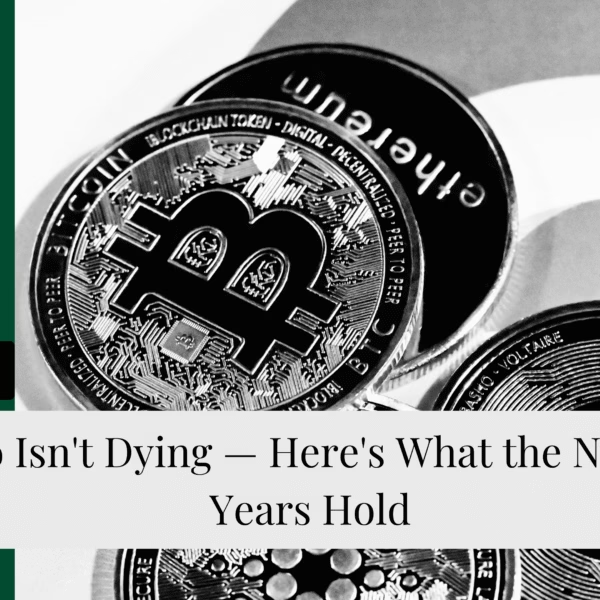Remember that mortgage payment that’s been devouring your monthly salary? Well, grab a beer because Bank of England Governor Andrew Bailey just nodded towards some hints that could put more of that precious salary back in your pocket. In a candid chat with the Times, Bailey said the Bank’s ready to hit the loud pedal on interest rate cuts if the UK job market starts looking wobbly — and newsflash: it already is.
Here’s the cuppa: With interest rates sitting at 4.25% and the next big decision coming on the 7th of August, millions of Brits are watching their mortgage rates, credit cards, and (yes, even those measly) savings accounts like the EuroMillions numbers. And Bailey? He’s singing a pretty clear tune: “I really do believe the path is downward.”
Why the Bank of England’s Suddenly Feeling Generous with Rate Cuts
Let’s cut through the central bank language — Bailey’s seeing something that’s making him reach for the juicy rate-cutting scissors. The UK economy’s running on fumes, growing way below its potential and creating what economists love to call “slack” (translation: there’s room to breathe without inflation going bonkers).
Remember when Chancellor Rachel Reeves cranked up employers’ national insurance from 13.8% to 15% back in April? That £25 billion tax grab is having some pretty predictable side effects. Businesses are doing what businesses do when costs go up — they’re cutting hours, freezing hiring, and getting stingy with pay raises.
Bailey’s noticed this trend, and he’s not exactly thrilled. When employers start “adjusting employment and hours” (banker-speak for “we’re not hiring and you’re not getting that raise”), it’s usually time for the Bank to step in.
The Economy’s Sending Some Pretty Clear SOS Signals
Here’s the reality burger nobody ordered: The UK economy actually shrank by 0.1% in May, following another contraction in April. That’s not just a blip — it’s an emerging trend, and not the best kind.
Manufacturing’s taking a beating, and retail sales? The Office for National Statistics called them “very weak”.
This double whammy of economic shrinkage is putting serious heat on the government, especially since they’ve been banging the drum about making economic growth their number one priority. Awkward timing, right?
What “Gradual and Careful” Really Means for Your Money
Now, before you start planning that shopping spree now M&S is back online, Bailey’s still using those magic words: “gradual and careful.” He’s trying to thread the needle between helping the economy and not letting inflation run riot again.
“Some people say to me ‘why are you cutting when inflation’s above target?'” Bailey admitted in the interview. It’s a fair question — cutting rates when inflation is still a pest. It’s like trying to lose weight while keeping the biscuit tin on your desk.
But here’s Bailey’s bet: The job market’s cooling off enough that inflation won’t go crazy if they ease up on rates. It’s a calculated risk, but one he seems increasingly willing to take.
The Timeline: When Could We See More Cuts?
Mark your calendars for August 7th — that’s when the Bank’s Monetary Policy Committee meets next. After holding rates steady at 4.25% in June (following two cuts earlier in the year), all eyes are on whether they’ll pull the trigger on another reduction.
The smart money says they will, especially if the job market keeps sending distress signals. But don’t expect a dramatic slash — this is the Bank of England we’re talking about, not the Amazon Prime Day event.
What This Actually Means for Regular Folks
Let’s have a look at what lower interest rates could mean for your finances:
If you’ve got a mortgage: Variable rate holders could see their monthly payments drop. Those shopping for a new fixed-rate deal might find better options on the horizon.
Credit card debt: Your plastic might get a tiny bit less painful, though let’s be real — credit card rates rarely drop as fast as they rise.
Savers: Sorry, folks. Your already pitiful savings rates are about to get even more depressing. Maybe it’s time to finally look into that investment account?
The pound in your pocket: Lower rates typically mean a weaker currency, so that European vacation might get a bit pricier.
The Bottom Line
Bailey’s message is pretty clear: The Bank of England’s ready to act if the job market keeps deteriorating. With businesses tightening their belts thanks to higher taxes and the economy showing signs of stress, rate cuts are looking more like a when than an if.
The big question isn’t whether rates will fall — it’s how fast and how far. Bailey’s “gradual and careful” approach suggests we’re not heading for rock-bottom rates overnight, but the direction of travel is unmistakably downward.
Want to stay ahead of the curve? Keep an eye on employment data and business surveys in the coming weeks. They’ll be the tell for the Bank’s next move. And maybe, just maybe, start shopping around for better mortgage deals — your future self might thank you.
FAQ: Your Burning Questions About Bank of England Rate Cuts Answered
Q1: How quickly could we see interest rates drop to pre-pandemic levels?
Don’t hold your breath for a return to those near-zero rates we saw during COVID. Bailey’s emphasis on “gradual and careful” suggests we’re looking at a slow descent rather than a cliff dive. Think multiple small cuts over 12-18 months rather than one big slash. The Bank’s trying to avoid shocking the system while still providing relief.
Q2: Will lower interest rates actually help if businesses are cutting jobs because of higher taxes?
That’s the million-pound question, isn’t it? Lower rates can help businesses borrow more cheaply and potentially offset some of those national insurance hikes. But if companies are already spooked by higher tax bills, cheaper borrowing might not be enough to get them hiring again. It’s like offering someone a discount on petrol when they’ve already sold their car.
Q3: Should I fix my mortgage now or wait for rates to drop further?
The classic crystal ball question! If Bailey’s right and rates are heading down, waiting could save you money. But here’s the rub — mortgage lenders are pretty good at pricing in expected rate cuts. The best fixed deals might disappear before the Bank actually cuts. Consider splitting the difference: Maybe fix for a shorter term (2-3 years) rather than locking in for 5+ years.
Q4: How do Bank of England rate cuts compare to what’s happening with the Federal Reserve and ECB?
The Bank of England’s actually been more aggressive than its peers lately. While the Fed’s been holding rates higher for longer, and the ECB’s been cautious, the Bank’s already made two cuts this year. This divergence could mean a weaker pound, which is great for exporters but not so hot for your next trip to Disney World.
Q5: What economic indicators should I watch to predict the Bank’s next moves?
Keep your eyes on three key things: monthly employment figures (especially the unemployment rate), wage growth data, and business PMI surveys. If unemployment starts creeping up, wages stop growing, or businesses report doom and gloom, expect Bailey to reach for the rate-cutting button faster. The inflation rate matters too, but right now the Bank seems more worried about jobs than prices.
DISCLAIMER
Effective Date: 15th July 2025
The information provided on this website is for informational and educational purposes only and reflects the personal opinions of the author(s). It is not intended as financial, investment, tax, or legal advice.
We are not certified financial advisers. None of the content on this website constitutes a recommendation to buy, sell, or hold any financial product, asset, or service. You should not rely on any information provided here to make financial decisions.
We strongly recommend that you:
- Conduct your own research and due diligence
- Consult with a qualified financial adviser or professional before making any investment or financial decisions
While we strive to ensure that all information is accurate and up to date, we make no guarantees about the completeness, reliability, or suitability of any content on this site.
By using this website, you acknowledge and agree that we are not responsible for any financial loss, damage, or decisions made based on the content presented.






